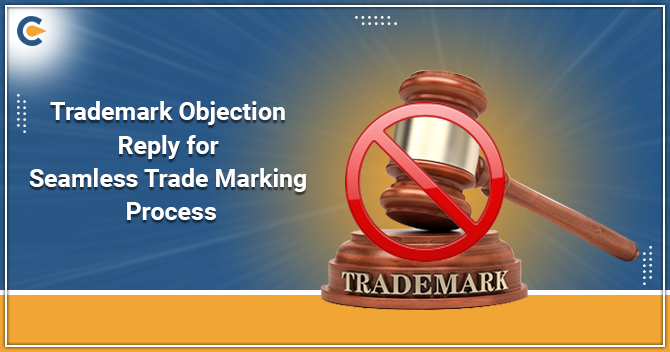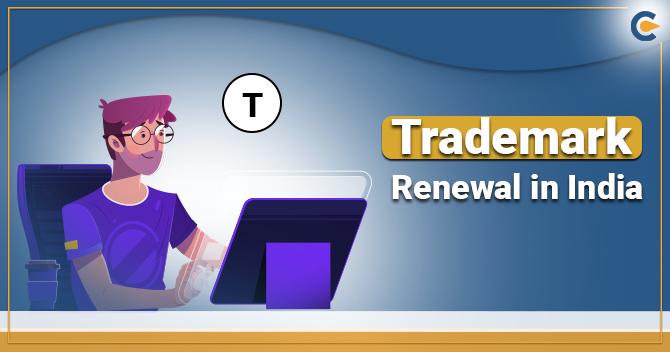To avoid the trademark objection, one must comply with specific guidelines while opting for the proper trademark. Applicant who has applied for a generic trademark is more likely to encounter trademark objection from examiner. Now to counter that situation you need to prepare a legit Trademark Objection Reply.
Trademark objection reply or respond tactics
A trademark objection might be raised by the examiner owing to several reasons such as,
- in case an outsider entity objects to your proposed trademark, similarity to a prevailing mark, the proposed mark being considered obscene,
- the proposed mark hinders religious sentiments, etc. A trademark application can be opposed for more than one reason.
Objections unnecessarily extend the duration of the application processing even if you promptly deliver the trademark objection reply to the authority.
Also, there is no generalized method to get rid of trademark objections. But you can overcome the objection if you choose mark with the utmost attention and in pursuant to legalities mentioned in the Trademark Act.
Read our article:Basic Definition of Trademark Registration, Objection and Assignment
Key Factors to considers for avoiding trademark objection
Oftentimes objections come to the surface to seek the information from the applicant. In such an event, the applicant is required to respond to the objection with suitable feedback. As there is no generalized process to avoid the trademark objection, the given points can let you overcome objections:
Conduct mark & Phonetic search
Before applying for trademark protection, conduct an in-depth search of mark & phonetic sound to pinpoint some unique trademarks. For that purpose, you must visit the IP India online portal and use the available fields aptly to get the desired result. The said portal is claimed to sync with an extensive trademark database that conducts a search for a given name at a remarkable speed. Also, it is highly accurate, so there is no point in suspecting its authenticity at all.
Opt for unique words
A trademark has to be unique to get registered. Being descriptive in nature doesn’t make the trademark eligible for registration. Also, a trademark that manifests the nature of the products or services cannot be registered. For registration purposes, the proposed mark should adhere to the uniqueness and ought to be non-descriptive.
The best trademark is the one that has no dictionary meaning & has no direct linkage with the product.
Do not take famous mark into account
Avoid using a well-known trademark & do not opt for a combination of highly recognized marks even if the combination of the proposed name is available for registration. If a mark is considered popular, then enrollment for a similar mark individually or in combination may trigger objections. To skip the objection, try to stay away from the well-known marks even if they are not registered.
Stay away from prohibited & scandalous marks
A trademark that entails names and flags safeguarded under the Emblems and Names Act cannot be registered. The Prevention of Improper Use (Act 1950) specifies that nothing of national concern like global organization, hallmarks, and armorial bearings under the ambit of National Regulations is eligible for trademark protection. A proposed mark can encounter third-party objection on the grounds of a scandalous symbol or mark.
Stay isolated from deceptive & hateful language
Any outside firm or trademark examiner himself can raise an objection against a proposed trademark that seemingly hinders that public interest or adheres to some deceptive element. The deceptive mark is likely to cause confusion among the masses due to its resemblance with other marks. Meanwhile, offensive marks disrupt the religious element of certain groups of people in any way.
Avoid using registered or existing marks
The marks which are already present in the trademark database are not available for trademark protection. Therefore, the proposed trademark should be free from any similarity or resemblance with existing marks or else the trademark office won’t approve your application.
Skip similar marks straightaway
Ideally, identical or similar marks are less likely to entice the end-users owing to credibility issues. Similar trademarks are deceptive and are not as yielding as a unique mark. Also, such marks are more vulnerable to third-party objections and legal disputes. From a business standpoint, using a similar mark is not beneficial both in terms of growth and reputation building.
Trademark dilution* is the only method to avert the similarity in the trademarks. You have to convince the authority that the proposed mark is different from similarly known products, and it will not hamper the interest of anyone in any way.
Trademark Dilution* empowers the trademark holder to forbid others from utilizing on the ground that it hampers their uniqueness or reputation. No person can imitate a popular mark or misuse the same as per the Trademark law.
Dilution protection intends to safeguard strong & well-established trademarks from losing significance in the vital market.
Precisely prepare your trademark objection reply
Any objection raised by the examiner against the proposed trademark is shared with the applicant on the IP India portal. The recipient of the said report is liable to respond within 30 days from the date receiving such a report, failing to which can cancel the trademark applicant.
Conclusion
Not every trademark application gets authenticated by the authority in one go. Objections are apparent with the trade marking process and they will appear if your application is not up to the mark. The only way to respond to such a situation is to prepare a precise trademark objection reply, preferably under the expert’s supervision.
Do not hesitate to avail of expert’s guidance in case you are not sure how to deal with the legalities of trademark registration. Keep in mind that the trademark registration process is a tedious journey[1], particularly for the newbie.
Read our article:How Can You Apply For Online Trademark Registration in India?











